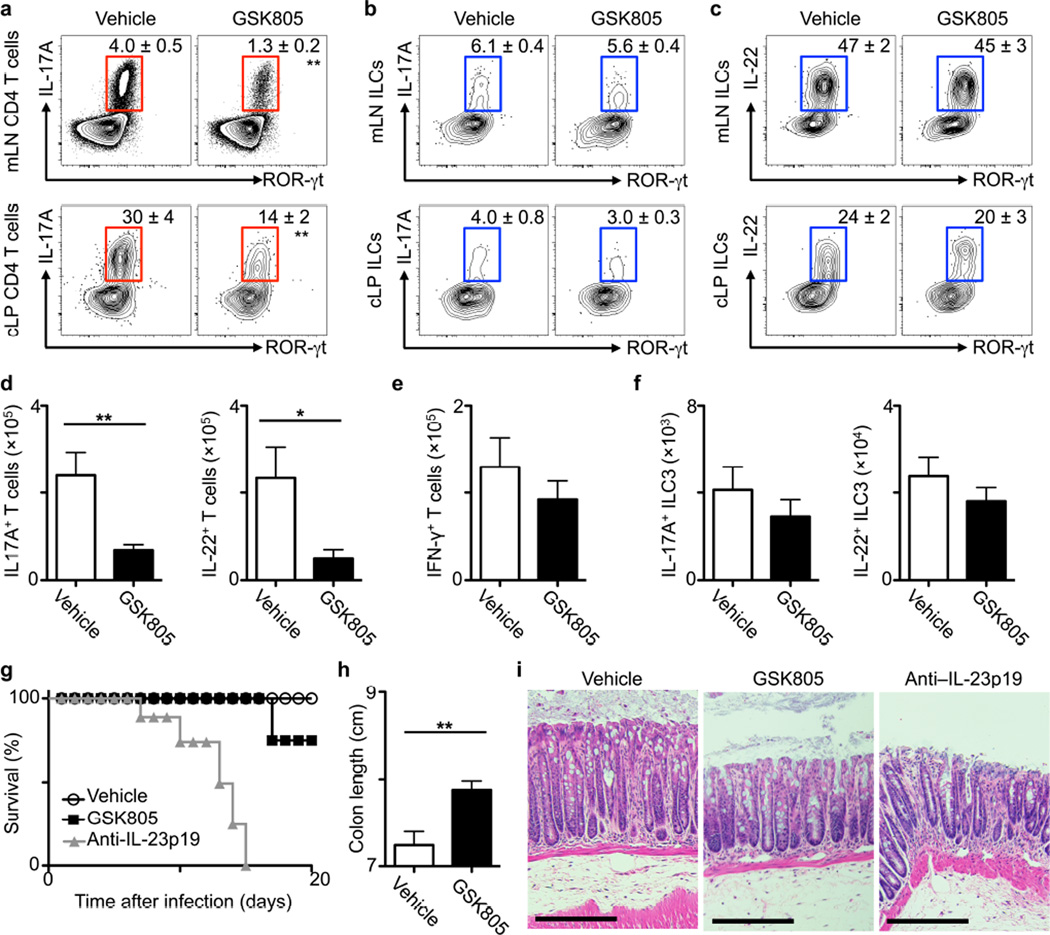Figure 1. Transient chemical inhibition of ROR-γt selectively reduces TH17 responses but not ILC3s during infection.
(a–i) C57BL/6 mice were infected with C. rodentium and treated daily with vehicle control or GSK805 (10 mg/kg) starting on day –1 and continued for the duration of the experiment (a) Frequency of IL-17A-producing TH17 cells and (b) IL-17A- or (c) IL-22-producing ILC3 at day 10 post infection. (d) Total numbers of IL-17A+ and IL-22+ TH17 cells, (e) IFN-γ+ T cells and (f) IL-17A+ and IL-22+ ILC3 in the colon at day 10 post infection. (g) Survival curve of infected mice. (h) Colon length and (i) Hematoxylin and eosin stained histologic sections of the distal colon at day 10 post infection, representative of n = 5. Scale bar, 200 μm. All data are representative of five individual mice (n = 5) and was replicated in two independent experiments. Data shown are mean ± SEM (error bars). Statistics compare treatment versus control groups using Student’s t test. *P < 0.05, **P < 0.01, ***P < 0.001.

